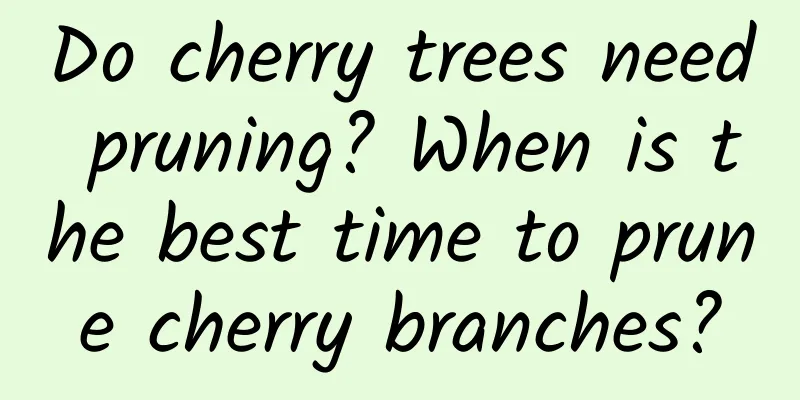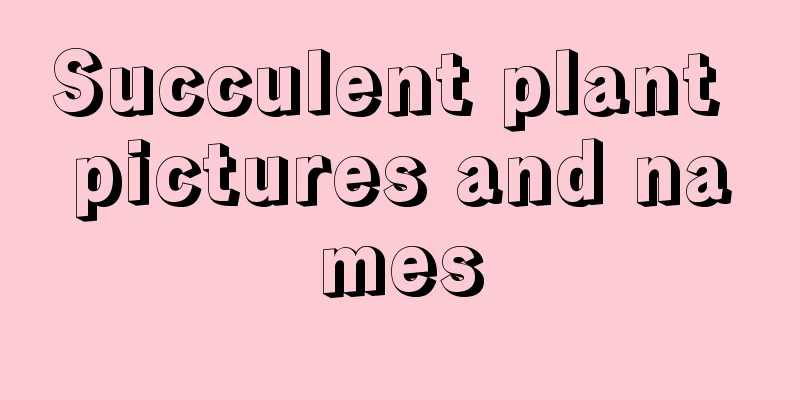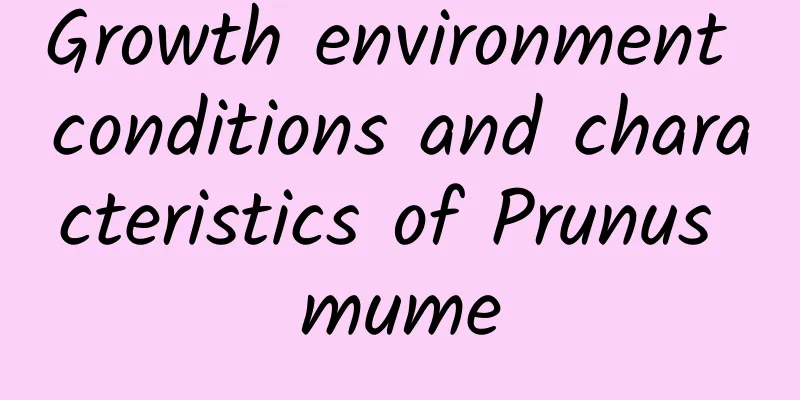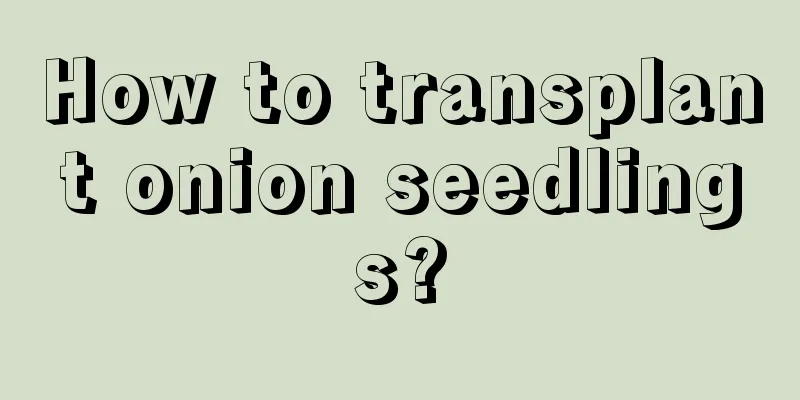Cherry pot planting method

Variety selectionCherry is a cross-pollinated fruit tree. Pay attention to the combination of varieties during potting. The best way is to graft 2 to 3 varieties per pot. When planting cherries in pots, you should choose varieties that have large fruits, bright colors, and strong ability to bear fruit continuously. Cherry in potContainer selectionThe container should match the size of the seedlings. For 1-2 year old seedlings, a container with a rim diameter of 25-30 cm should be selected. The container should have good air permeability and be non-toxic to the roots. Practice has proved that unglazed pots and wooden barrels are the best, followed by purple clay pots and plastic pots. The glazed ones are the worst, and cherries are not easy to survive after being potted. Nutritional soil preparationCherry roots have vigorous respiration and consume a lot of oxygen. The soil requires high permeability. The ratio of nutrient soil is turf soil: manure: sand = 5:3:2. Seedling selectionSeedling selection criteria: Seedlings are healthy, have full branches and buds, well-developed root systems, and are free of diseases and pests. Perennial small trees require short trunks, well-distributed branches, and large branch tapers. BasinThe best time to plant the plants in pots is usually early spring. Before planting, prune the damaged roots and branches to expose new stubble, and cut off the parts with diseases and insect pests. Secondly, check the drainage holes of the container and keep the container draining smoothly. How to put it in the basinPlace a tile upside down on the drainage hole, then spread a layer of furnace ash about 20 cm thick, add nutrient soil, and finally place the sapling. After 2 to 3 times of lifting the seedling and pressing the soil, the soil surface will be about 5 cm away from the edge of the container. Fertilizer and water managementFertilizer and water management is the most difficult technique to master in potted plants. The main physiological activities of cherry, such as growth, flowering and fruiting, all depend on daily fertilizer and water management. The principle of fertilizing and watering cherries is to apply small amounts frequently, apply water when the soil is dry, and water thoroughly or even thoroughly. For cherry trees that have not yet borne fruit, apply a small amount of PBO to the container in spring. Apply fertilizer frequently before July to promote tree growth. Commonly used fertilizers include cake fertilizer, livestock hoof horns, sesame paste residue, yogurt, rice water, bone chips, etc. It is best to soak them until fermented and then apply them as liquid fertilizer. Apply organic fertilizer water once every 10 to 15 days. After August, add potassium dihydrogen phosphate to the organic fertilizer water; for cherry trees entering the fruiting period, apply urea once before and after flowering, and add phosphorus and potassium fertilizers to the fertilizer water. In September, 50g of potassium sulfate should be applied at one time. In summer, water the tree once a day and spray some water on the leaves frequently to cool and clean the tree. Water less frequently in spring and autumn. Basically no watering in winter. /p> The ideal amount of water should be enough to allow water to drip slightly from the bottom of the container. Method for making organic fertilizer water: Soak soybean meal in clean water at a ratio of 1:5, then ferment for 5 to 10 days, and then dilute it with 10 times the amount of water. Flower and fruit managementThinning flowers and fruits is the focus of flower and fruit management. Bud thinning is better than flower thinning, and flower thinning is better than fruit thinning. The tree has a large number of flower buds. During the budding period, some of the flower buds should be thinned out. The operation method is to thin out 1/3 to 1/4 of the flower buds on the clustered fruiting branches. During the flowering period, pollination between varieties should be carried out. When the fruits grow to the size of soybeans, remove those with irregular shapes. Plastic pruningThe terminal buds and central buds of cherry cluster fruiting branches are leaf buds. The flower buds are pure flower buds, mainly axillary flower buds and flower clusters. Axillary flower buds are usually grown at the base of one-year-old branches. Pay attention to the position of flower buds when pruning. Pruning is mainly done in summer, supplemented by winter pruning. Winter pruningWinter pruning is mainly used to adjust the tree shape and balance the tree vigor. Mainly remove competing branches, back branches, strong branches and thin branches. The extension branches are pruned back and the fruiting branches are cut back. Summer pruningThe purpose of summer pruning is to maintain the tree shape and promote flowering and fruit preservation. Cut off competing branches and back branches. Pinch off the branches when they grow to 15 to 20 cm. It is usually completed before July and no more than twice a year. Around September, when the branches just begin to reach the top, pull them flat.
|
<<: Teach you step by step how to make a succulent bird cage!
>>: How to make potted plants from fruit seeds
Recommend
What fruits are suitable for planting in Jiangxi? What fruits are mainly produced?
Jiangxi is rich in fruits Jiangxi has a superior ...
How to prune grapevines
Grapes are a common fruit and are grown in many a...
What to do if the rubber tree grows crooked
1. Phototropism Sometimes we find that plants gro...
How to plant Jade Dew through leaf cuttings
1. Choose the blade Before taking leaf cuttings, ...
Cultivation methods and precautions for potted bougainvillea
1. Soil It is recommended to use loose, nutritiou...
What should you pay attention to when enjoying flowers in spring
Be careful to avoid poisoning when enjoying flowe...
How to match flower arrangement colors
Key points of flower arrangement color matching W...
How long is the growing cycle of sweet corn?
Sweet Corn Growth Introduction Sweet corn is suit...
How to propagate sea daffodils
1. Seeding method This method usually involves ha...
Can the fruit of Nandina domestica be eaten? How much will cause poisoning?
1. Can the fruit of Nandina domestica be eaten? D...
What is the best month to plant hornwort?
When to plant radish The planting time of iris is...
These 8 kinds of flowers can survive even at a high temperature of 40℃ when thrown into the soil. They can be called a magic tool for protecting flowers!
What are the functions of basin grass? What is po...
Common pests of Clivia
Common pests of Clivia The most common insect pes...
The leaves of these 3 kinds of flowers at home always turn yellow. Just cut them once to remove all the leaves, and they will grow more vigorously!
The yellowing of plant leaves is something none o...
With these 6 kinds of succulents, even a fool can grow them to overflowing pots, and the leaves are fat as big balls!
Te Yulian The ability of the jade lotus to give b...









